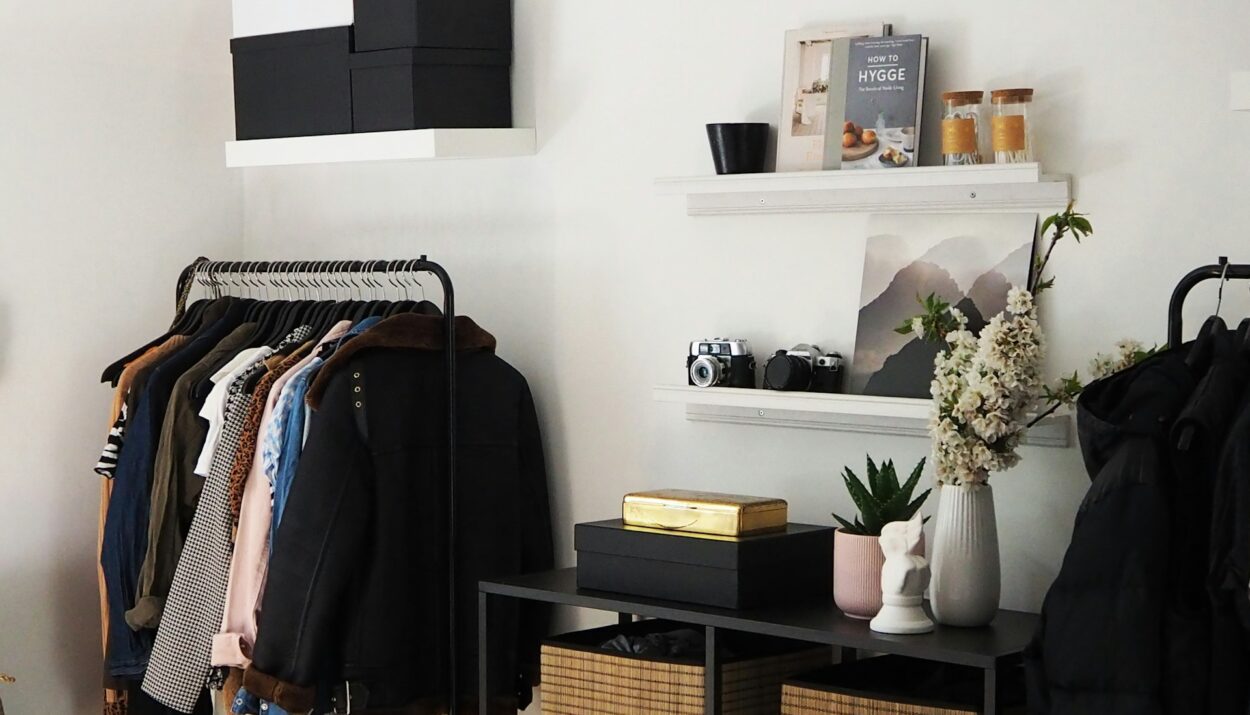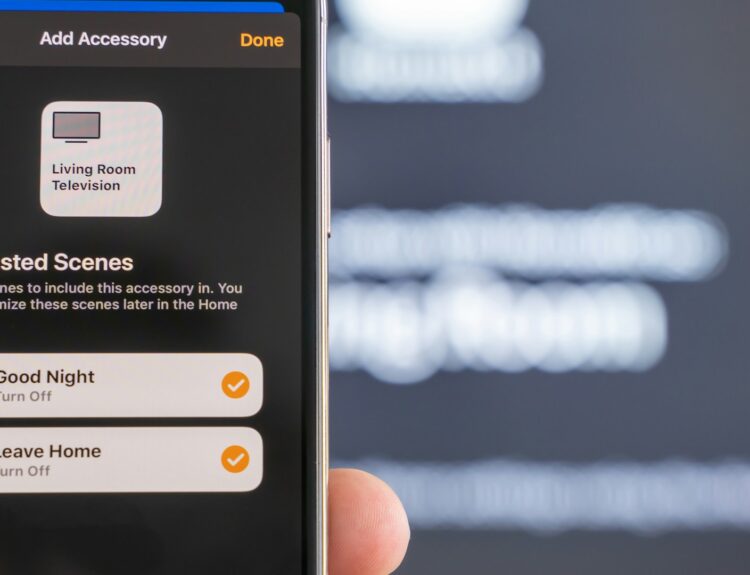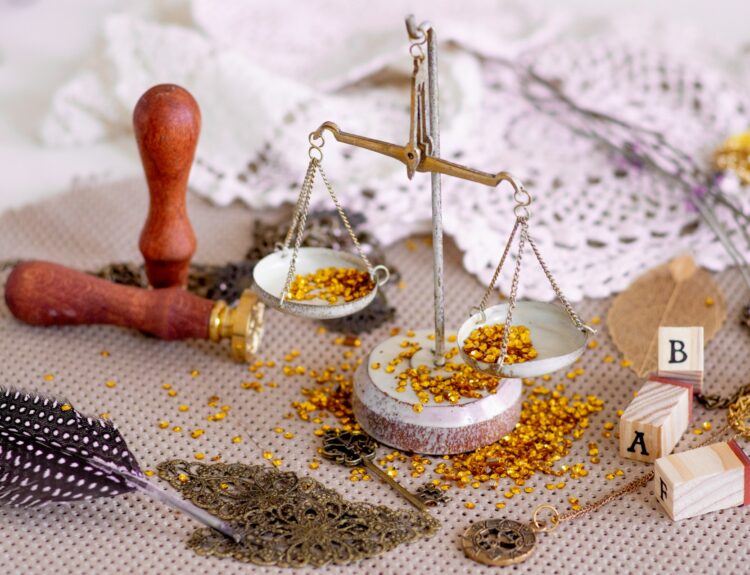Most people open their overstuffed wardrobes each morning and feel overwhelmed rather than inspired.
Despite owning dozens of garments, the familiar refrain “I have nothing to wear” echoes through bedrooms worldwide. This paradox highlights a fundamental problem: quantity without intention creates chaos, not choice.
A strategic closet audit addresses this issue by transforming your wardrobe from a collection of random purchases into a carefully curated selection that reflects your authentic style.
Unlike surface-level organization, this process examines every piece through the lens of personal style development and practical functionality.
The goal isn’t to achieve some mythical perfect wardrobe, but to create a sustainable system where every item serves a purpose and makes you feel confident. This approach naturally leads toward a minimalist wardrobe philosophy while respecting your individual style preferences and lifestyle needs.
Understanding the Psychology Behind Wardrobe Overwhelm
The Accumulation Trap
Most closet problems stem from years of impulse purchases, gifts that don’t quite fit your style, and items kept “just in case.” Each piece seemed reasonable at the time of acquisition, but collectively, they create visual noise that makes decision-making exhausting.
Fast fashion marketing encourages constant acquisition by positioning clothing as disposable entertainment rather than functional tools.
This mindset creates wardrobes filled with trend-driven pieces that quickly lose relevance, leaving you with closets full of clothes that no longer spark joy or serve your current lifestyle.
The psychological weight of unused possessions extends beyond morning outfit selection. Cluttered spaces create mental clutter, while unused purchases generate guilt about wasted money and environmental impact.
Defining Your Personal Style Foundation
Before removing anything from your closet, establish clear criteria for what stays. Personal style development requires honest self-assessment about your current lifestyle, aesthetic preferences, and functional needs rather than aspirational versions of yourself.
Consider your daily activities, climate, and social environment. A wardrobe that works for a remote worker differs significantly from one designed for someone who attends client meetings daily. Your clothes should support your actual life, not an imagined alternative version.
Style inspiration from social media and magazines provides valuable reference points, but authentic personal style emerges from understanding what makes you feel confident and comfortable.
This individual approach prevents the disappointment that comes from copying someone else’s aesthetic without considering whether it suits your body, lifestyle, or personality.
The Three-Phase Closet Reset Process
Phase One: The Complete Inventory
Remove everything from your closet and drawers to assess your complete wardrobe. This step reveals duplicate items, forgotten pieces, and the true scope of your clothing collection.
Many people discover they own multiple versions of the same garment type while lacking basics in other categories.
Sort items into broad categories: tops, bottoms, dresses, outerwear, shoes, and accessories. This organization method highlights imbalances in your collection and makes the evaluation process more systematic.
Create adequate space for this process, whether that means using a bed, multiple surfaces, or temporarily relocating to a larger room. Rushing through inventory in cramped conditions leads to poor decisions and overlooked items.
Phase Two: The Critical Evaluation
Examine each piece individually using specific criteria rather than vague feelings about whether you “like” something. Consider fit, condition, versatility, and alignment with your current style direction.
The fit criterion eliminates items that are too small, too large, or cut in unflattering ways for your body. Keeping poorly fitting clothes in hopes of future alterations or weight changes clutters your space with unusable options.
Condition assessment involves checking for stains, damage, excessive wear, or fabric degradation that makes items look shabby rather than polished. Even expensive pieces lose value when they’re visibly worn beyond repair.
Versatility evaluation determines whether items work with multiple other pieces in your wardrobe. Clothing that requires specific combinations or only works for rare occasions often proves less valuable than items that integrate seamlessly with existing pieces.
Phase Three: Strategic Curation
Organize remaining items by category and color to visualize your refined wardrobe. This arrangement reveals gaps in your collection and confirms that the kept items work together cohesively.
Calculate ratios between different garment types based on your lifestyle needs. Someone who works from home needs fewer professional pieces and more comfortable casual wear, while frequent travelers benefit from wrinkle-resistant fabrics and versatile layering options.
Document your curated wardrobe through photos or lists to guide future purchases and prevent duplicating items you already own. This reference tool proves particularly valuable when shopping, as it helps maintain focus on genuine needs rather than impulse attractions.
Building Your Minimalist Wardrobe Foundation
Essential Categories and Proportions
A functional minimalist wardrobe contains specific ratios of different garment types based on lifestyle requirements. Most people benefit from a foundation of basic tops, versatile bottoms, one quality dress, appropriate outerwear, and comfortable shoes that coordinate across categories.
The 5:4:3:2:1 ratio provides a starting framework: five tops for every four bottoms, three outer layer pieces, two pairs of shoes, and one special occasion outfit. Adjust these proportions based on your climate, work requirements, and social activities.
Quality basics form the backbone of a minimalist wardrobe because they coordinate easily and withstand frequent wear. Invest in well-fitting jeans, classic white shirts, comfortable knitwear, and versatile dresses that serve multiple occasions with different styling approaches.
Color Palette Development
Establishing a cohesive color palette ensures that most pieces work together, maximizing outfit combinations from fewer items. Start with neutral bases like black, white, gray, or navy, then add two to three accent colors that complement your skin tone and personal preferences.
Limit patterns and prints to avoid overwhelming your palette. When incorporating patterns, ensure they contain colors already present in your wardrobe to maintain coordination possibilities.
Consider the seasonal appropriateness of your color choices. While personal preference matters most, certain colors naturally align with different times of year and may feel more or less appropriate depending on your environment and lifestyle.
Investment Piece Strategy
Identify which items in your wardrobe receive the most frequent use, then prioritize quality in those areas. For most people, this includes jeans, basic tops, shoes, and outerwear that gets worn regularly.
Calculate cost-per-wear to justify higher upfront investments in pieces that will be used frequently. A $200 coat worn 100 times costs $2 per wear, while a $50 coat that lasts one season and gets worn 20 times costs $2.50 per wear.
Research brands known for quality construction in your priority categories. Often, mid-range brands offer excellent value between fast fashion and luxury prices, providing durability without excessive cost.
Maintaining Your Curated Wardrobe
Seasonal Review Practices
Schedule quarterly wardrobe reviews to assess what’s working and what needs adjustment. These check-ins prevent accumulation from gradually overwhelming your curated system and help identify gaps that develop as your lifestyle changes.
Track which pieces get worn most frequently and which remain untouched. Items consistently ignored despite surviving your initial audit may need removal, while frequently worn pieces might need backup versions or similar alternatives.
Document outfit combinations that work well to streamline daily dressing and identify successful formulas you can repeat with slight variations.
Mindful Addition Guidelines
Before purchasing new items, identify the specific gap they’ll fill in your existing wardrobe. Impulse purchases, even high-quality ones, can disrupt carefully curated systems if they don’t integrate well with existing pieces.
Apply the “one in, one out” principle to prevent gradual accumulation. When adding new items, remove something similar to maintain your wardrobe’s intentional size and focus.
Wait periods before major purchases help distinguish between temporary wants and genuine needs. Many desired items lose appeal after a week or month of consideration, saving money and preventing wardrobe clutter.
Maximizing Style Impact with Fewer Pieces
Strategic Styling Techniques
Learn to create variety through layering, accessorizing, and different combinations rather than constantly acquiring new pieces. A single dress can appear completely different with various jackets, shoes, and accessories.
Master the art of proportion play by experimenting with tucking, rolling, and adjusting fit details. These small changes can transform the same outfit’s visual impact without requiring additional purchases.
Develop signature styling tricks that consistently make you look polished. This might include specific ways of layering jewelry, particular color combinations that flatter you, or silhouette preferences that enhance your body shape.
Building Outfit Formulas
Create repeatable outfit templates that work with multiple pieces in your wardrobe. For example: fitted bottom + flowy top + structured jacket, or A-line dress + cardigan + ankle boots.
These formulas eliminate decision fatigue while ensuring consistently polished results. When you understand what combinations work for your body and lifestyle, getting dressed becomes faster and more satisfying.
Document successful formulas through photos or notes to reference during busy periods when creative energy is limited. Having proven combinations reduces morning stress and builds confidence in your style choices.
Beyond the Closet: Sustainable Style Habits
Caring for Your Investment
Proper garment care extends clothing lifespan and maintains the polished appearance that makes smaller wardrobes feel luxurious. Learn appropriate washing, drying, and storage methods for different fabric types.
Address minor repairs promptly to prevent small issues from becoming major problems. Basic sewing skills like button replacement and hem adjustments can significantly extend garment life.
Store clothes properly using appropriate hangers, folding methods, and climate control to prevent damage from moisture, moths, or excessive sunlight.
Developing Style Confidence
Confidence in your personal style reduces the impulse to constantly seek external validation through new purchases. When you understand what works for your body, lifestyle, and preferences, trends become less compelling.
Practice articulating your style preferences to yourself and others. Being able to describe what you like and why helps maintain focus when shopping and builds confidence in your aesthetic choices.
Remember that style evolution is natural and positive. Your curated wardrobe should adapt as your life circumstances, body, and preferences change, rather than remaining static.
Creating Lasting Change Through Intentional Choices
The closet audit that truly changes your relationship with style extends beyond organizing clothes to examining your consumption patterns, values, and self-image. This deeper work creates lasting transformation rather than temporary improvement.
Success comes from approaching your wardrobe as a tool for self-expression and daily comfort rather than a collection of possessions to accumulate. When clothes serve your life rather than overwhelming it, getting dressed becomes a source of confidence rather than stress.
Start your closet reset journey by choosing one small section to audit completely rather than attempting to tackle everything at once. This manageable approach builds momentum and provides immediate satisfaction that motivates continued progress.
Your relationship with style should enhance your life, not complicate it. Through intentional curation and mindful consumption, your wardrobe can become a source of daily joy and authentic self-expression that serves you for years to come.






